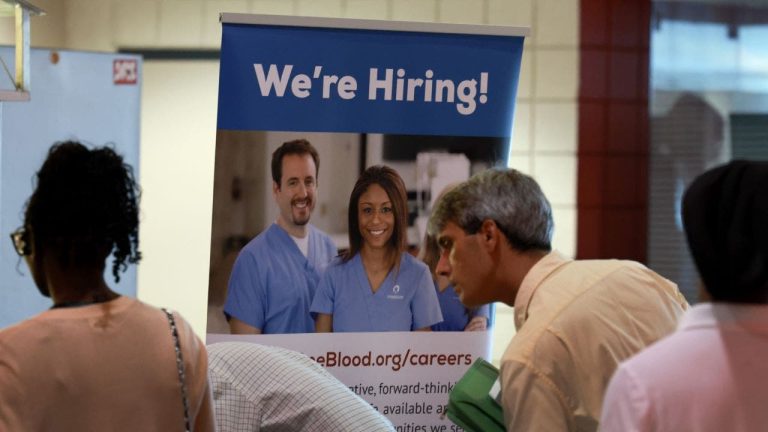
For The Union-Tribune
High resolution
These 20 cities, according to WalletHub, a personal finance company, rank tops in keeping New Year’s resolutions or, conversely, forgetting they made resolutions at all. While individuals vary, research suggests nearly one-quarter of people quit their resolution(s) by the end of the first week and almost half by the end of January.
Rankings were based on five types of resolutions: health, financial, school and work, bad habits and relationships.
Best
1. Seattle, Wash.
2. San Francisco, Calif.
3. Scottsdale, Ariz.
4. Austin, Texas
5. Atlanta, Ga.
6. Portland, Ore.
7. Orlando, Fla.
8. San Diego, Calif.
9. Irvine, Calif.
10. Fremont, Calif.
Worst
1. Jackson, Miss.
2. Newark, N.J.
3. Gulfport, Miss.
4. Shreveport, La.
5. Memphis, Tenn.
6. Dover, Del.
7. Augusta, Ga.
8. Detroit, Mich.
9. Huntington, W.V.
10. North Las Vegas, Nev.
In 2025, the most common New Year’s resolutions were to save more money (21%), eat healthier (19%), exercise more (17%), lose weight (15%), spend more time with family/friends (14%), quit smoking (9%), reduce expenses (9%) and not make a resolution (43%).

Body of knowledge
Your lungs are more like buckets than balloons. Think large receptacles filled with blood that have air bubbles passing through them. In fact, your lungs contain as much blood as the entire rest of your body, which is why your center of gravity is above your waist. They also produce blood cells. Every time your heart beats, it sends an equal amount of blood to your lungs as it does everywhere else in your body.

Mark your calendar
February is health month for your heart, prenatal infections and cancer prevention, children’s dental health and age-related macular degeneration. National Condom Week is toward the end of the month. Better latex than never.

Doc talk
Dysphagia — difficulty swallowing
Phobia of the week
Gamophobia — fear of marriage, not to be confused with gynophobia, which is fear of adult women
Best medicine
Ten commandments for seniors*
*Actually, five this week and five next week, because who can remember 10 of anything?
1. Talk to yourself. There are times when you need expert advice.
2. “In style” are the clothes that still fit.
3. You don’t need anger management. You need people to stop irritating you.
4. Your people skills are fine. It’s your tolerance for idiots that needs work.
5. The biggest lie you tell yourself is: “I don’t need to write that down. I’ll remember it.”

Observation
“As for butter versus margarine, I trust cows more than chemists.”
— American environmentalist and food policy expert Joan Gussow
Medical history
This week in 1984, a 12-year-old boy who had been born without immunity to infectious pathogens and known then only as “David” touched his mother for the first time after he was removed from a plastic “bubble.” He died two weeks later.
David Vetter had lived since birth in a protective, germ-free environment at Texas Children’s Hospital in Houston. Born with a rare disorder called severe combined immune deficiency or SCID, David lacked immunological T-cells. These days, early treatment with bone marrow from a parent or sibling can save most SCID patients. After a few months, the transplanted marrow stem cells — precursors to blood cells — evolve and become the patient’s own T-cells.
Perishable publications
Many, if not most, published research papers have titles that defy comprehension. They use specialized jargon, complex words and opaque phrases like “nonlinear dynamics.” Sometimes they don’t, and yet they’re still hard to figure out. Here’s an actual title of actual published research study: “Die Hard: Are Cancer Cells the Bruce Willises of Tumor Biology?”
Raise your Hans (Gruber) if you said yes.

Self-exam
Q: How many kinds of tonsils do you have (if you’ve still got them)?
a) 1
b) 2
c) 4
d) 10
A: c) 4. Usually, people refer to the palantine tonsils visible at the back of the throat, but tonsillar tissue also includes lingual (located in the base of the tongue), tubal (upper throat behind nose, above soft palate) and adenoid (high in throat behind the nose).
LaFee is vice president of communications for the Sanford Burnham Prebys research institute.







